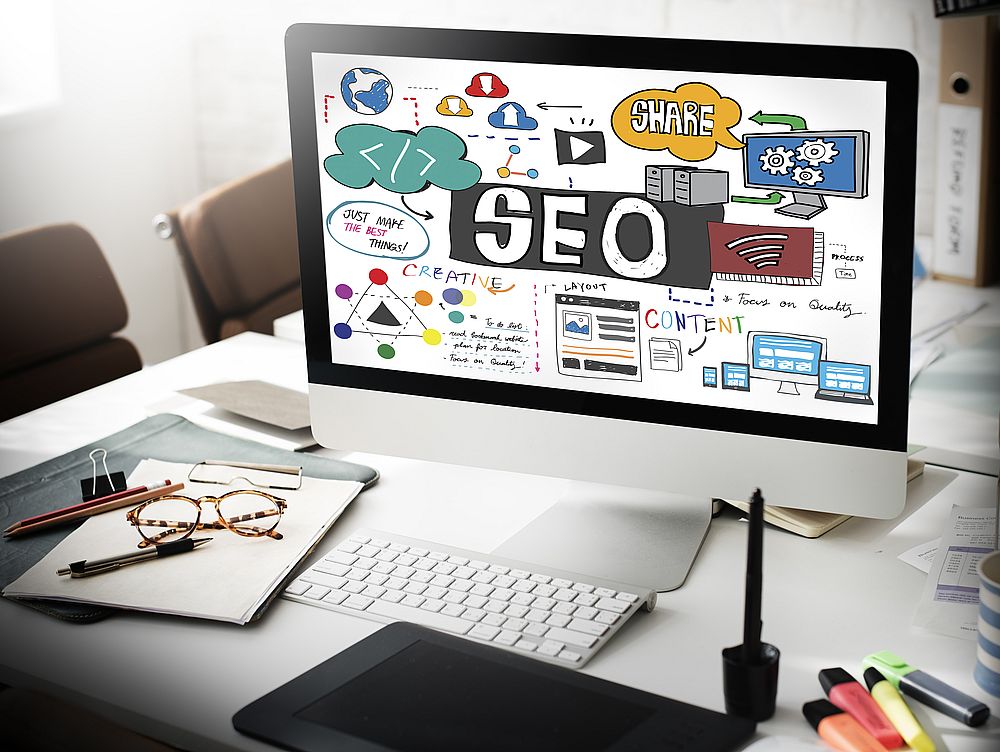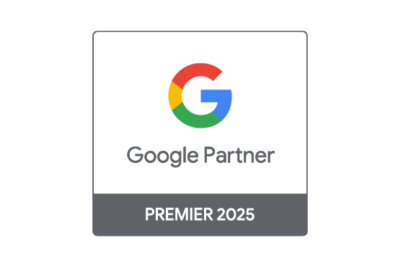Click Smart, Rank Hard: The Ultimate Showdown Between Organic and Paid Traffic.
Driving traffic to your website is essential, but not all traffic is the same. Organic and paid traffic each offer unique advantages, and knowing how to use them can define your digital success.
For institutions like Biruni University Hospital and others operating in competitive regions such as Turkey, the right traffic strategy can elevate visibility, engagement, and trust.
This guide breaks down the key differences to help you make smarter, results-driven decisions.
What are Organic Traffic and Paid Traffic and what are the differences?
What is Organic Traffic?
Organic traffic refers to website visitors who land on your site through unpaid search engine results. It is driven by your site’s relevance, authority, and content quality.
This type of traffic is typically earned through strong SEO practices, including keyword optimization, valuable content, mobile-friendliness, and fast loading times.
Organic traffic is often seen as more trustworthy because users find it naturally while searching for answers or services. It builds over time and, once established, continues to generate results without ongoing costs.
Benefits of Organic Traffic:
- No cost per click
- Long-term, sustainable growth
- Higher credibility and trust among users
- Brings in users actively searching for what you offer
Limitations:
- Slow to build
- Requires consistent SEO efforts
- Heavily influenced by search engine algorithms
What is Paid Traffic?
Paid traffic is generated when you pay for visibility through online advertising platforms. This includes search ads (like Google Ads), social media ads (Facebook, Instagram, LinkedIn), and display banners.
You either pay per click (PPC), per impression, or per conversion, depending on the campaign structure.
It’s ideal for short-term goals, product launches, promotions, or driving immediate traffic. Paid traffic offers extensive control over targeting, budget, messaging, and timing.
Benefits of Paid Traffic:
- Immediate visibility and results
- Highly targeted based on demographics, behavior, and interests
- Easy to test, scale, and measure
- Ideal for competitive markets or new businesses
Limitations:
- Traffic stops when the budget ends
- Can become costly over time
- Users may ignore ads or find them less trustworthy
Key Differences Between Organic and Paid Traffic
1. Cost Structure
Organic traffic doesn’t cost per visitor but requires time and investment in SEO. Paid traffic involves direct costs for each click or impression, making budgeting essential.
2. Speed of Results
Organic traffic takes time to build but pays off long-term. Paid traffic delivers instant results but only lasts as long as your campaigns are active.
3. Trust and Credibility
Users tend to trust organic listings more because they appear naturally. Paid ads are often skipped or ignored by ad-savvy users.
4. Control and Flexibility
With paid campaigns, you control nearly everything—audience, location, budget, schedule. Organic results are influenced by algorithms, and you can’t guarantee top rankings quickly.
5. Sustainability
Organic traffic continues to perform with proper maintenance. Paid traffic disappears the moment you stop funding your campaigns.
6. Strategy and Use Cases
Organic is best for long-term growth, brand building, and authority. Paid is perfect for quick wins, time-sensitive offers, and competitive keywords where organic visibility is tough.
What are the top Organic and Paid Traffic methods to use?

Top Organic Traffic Methods
These methods focus on driving sustainable, long-term traffic without paying for clicks. They require time, consistency, and high-quality execution.
Search Engine Optimization (SEO)
The cornerstone of organic traffic. SEO improves your site’s visibility on search engines through:
- Keyword optimization: Targeting relevant, high-intent search terms.
- Technical SEO: Ensuring fast load speeds, mobile responsiveness, and proper indexing.
- On-page SEO: Structuring content with headers, meta descriptions, internal links.
- Off-page SEO: Earning backlinks from reputable sites to boost domain authority.
1. Content Marketing
Creating valuable, informative content that aligns with what users are searching for. This includes:
- Blog posts
- Guides and tutorials
- Case studies
- Service pages optimized for search
- Regular updates and content repurposing
2. Social Media Engagement (Non-Paid)
Posting organically on platforms like LinkedIn, Instagram, and Facebook can drive traffic without ads. Best practices include:
- Sharing educational content
- Interacting with followers
- Using hashtags and trends strategically
- Posting consistently
3. Email Marketing
A highly underused organic tool. Once users are on your list, you can bring them back to your site regularly by:
- Sending newsletters
- Offering downloadable resources
- Sharing blog updates or special insights
- It’s cost-effective and powerful when done right.
4. Online Listings and Directories
Optimizing your presence on Google Business Profile and niche directories (especially in healthcare, for example) can drive qualified traffic through local and search-based discovery.
Top Paid Traffic Methods
Paid methods offer speed, precision targeting, and high scalability. They’re ideal for campaigns, launches, or supplementing organic strategies.
1. Google Search Ads (PPC)
Your site appears at the top of search engine results for selected keywords. Ideal for capturing high-intent users who are ready to take action.
Benefits:
- Target by keywords, location, time, device
- Immediate traffic
- Highly measurable and testable
2. Social Media Ads
Platforms like Facebook, Instagram, LinkedIn, and TikTok offer advanced targeting options based on behavior, interests, profession, and demographics.
Common objectives:
- Website visits
- Lead generation
- Brand awareness
- Event promotions
Best for: Visual storytelling, reaching segmented audiences, promoting time-sensitive offers.
3. Display Advertising
Banner and image-based ads on third-party websites. Run through Google Display Network or other platforms.
Useful for:
- Brand visibility
- Retargeting past website visitors
- Reaching broader audiences
4. YouTube Ads
Great for visual content. You can run short skippable or non-skippable video ads before or during YouTube videos. Ideal for brand-building, education, and awareness.
5. Native Advertising
Sponsored content designed to blend seamlessly into a site’s natural content. Often found on news sites or content-heavy platforms.
Why use it:
It gets around ad fatigue and reaches users in a more natural, less disruptive way.
Retargeting Campaigns
These ads target users who previously visited your site but didn’t convert. They follow users across platforms and can gently guide them back toward completing a desired action.
Great for:
- Increasing conversions
- Reminding interested users
- Maximizing previous ad spend
How to Choose Between Organic and Paid Traffic
Choosing the right strategy depends on several factors, including your business goals, industry, resources, and marketing timeline.
When to Focus on Organic Traffic
- You have a long-term vision
- You want to establish authority in your niche
- You have time and resources to invest in SEO
- Your business model benefits from high-quality inbound leads
When to Focus on Paid Traffic
- You need immediate traffic and results
- You are promoting a time-sensitive offer or product
- You have a competitive market where organic ranking is difficult
- You want to test market demand quickly
When to Use Both
Most successful brands use a combination of both. Paid traffic can drive short-term performance while your organic strategy builds long-term sustainability. The synergy between both allows for continual growth, improved targeting, and broader reach.
Integrating Organic and Paid Strategies
A smart digital strategy doesn’t see organic and paid traffic as isolated efforts. Instead, they should work together to create a cohesive funnel.
Benefits of Integration
- Amplify High-Performing Content: Promote content that already performs well organically through paid ads to reach more users.
- Keyword Synergy: Use PPC data to find high-converting keywords to target organically, and vice versa.
- Audience Insights: Learn from PPC campaigns what your target audience responds to, then refine your SEO content.
- Brand Reinforcement: A dual presence in both paid and organic search results strengthens brand authority.
Example Integration Workflow
- Conduct keyword research using PPC campaign data.
- Create high-quality content optimized for those keywords.
- Promote that content through paid campaigns to boost exposure.
- Measure and compare engagement and conversion rates from both channels.
- Retarget visitors from organic traffic with paid ads for lead nurturing.
Measuring Success in Organic and Paid Traffic
Tracking the performance of your campaigns is critical to understand what’s working and where to adjust.
Use analytics tools to evaluate key performance indicators (KPIs).
Organic Traffic KPIs
- Organic Sessions
- Bounce Rate
- Time on Page
- Conversion Rate
- Keyword Rankings
- Backlink Profile
Paid Traffic KPIs
- Click-Through Rate (CTR)
- Cost Per Click (CPC)
- Conversion Rate
- Quality Score (Google Ads)
- Return on Ad Spend (ROAS)
- Impressions and Reach
Conclusion.
There is no universal answer to the question of whether organic or paid traffic is better. The truth lies in the alignment of each approach with your overall goals.
Organic traffic offers credibility and long-term growth, while paid traffic provides speed and precision.
A well-rounded strategy incorporates both. By leveraging the strengths of each and understanding their unique value, you can develop a robust digital presence that adapts to your evolving business needs.



